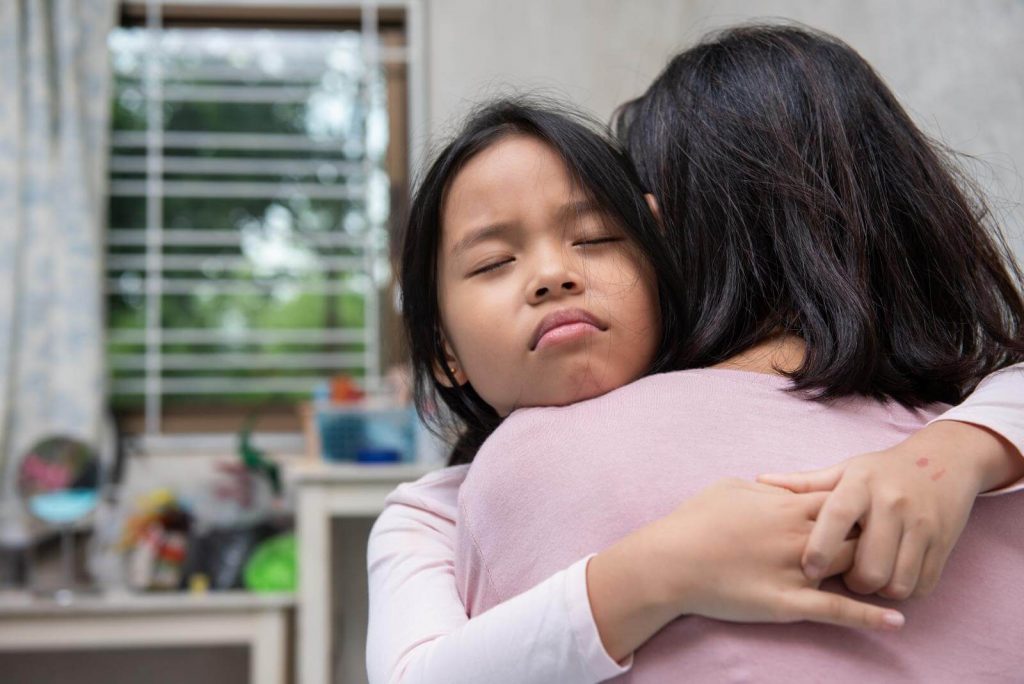[vc_row][vc_column][vc_column_text]
We’re now 6+ months into the COVID pandemic.
Have you been checking in with yourself? Have you been feeling depleted and can’t seem to change that?
As the world around us starts opening back up, it can become even harder to recognize that heaviness we’re all carrying around as grief over everything we’ve lost–and everything that is still at risk. Bit six months of this pandemic means that all of us have been in one stage or another of grief since March. (Or at one point or another since March).
But there isn’t just one type of grief we’re dealing with right now. Throughout this COVID pandemic, we have been dealing with:
“Normal” Grief
This is the grief you probably think about when you hear the word “grief.” The feeling of sadness and despair or hopelessness that comes with losing someone you love.
Ambiguous Loss
While we may not all have lost someone we love to COVID, we have all lost something. We haven’t been able to see friends, engage in our community, travel to see family, see our therapists in person, go to reunions or events we were looking forward to, etc. All types of loss or dramatic, unexpected change are all part of the grieving family. We often don’t let ourselves grieve for anything other than death, but all of these losses deserve their own mourning period too.
Collective Grief
Collective grief is when a group of people or a community are all experiencing a loss together. We are all living through this pandemic together, all experiencing significant community loss together, and are all grieving for these losses together.
Anticipatory Grief
Have you ever heard of anticipatory grief? It’s not commonly talked about. It is a feeling of loss before it happens–a sense that illness, death, or other loss is inevitable. With COVID, we don’t know who will get sick. Even with taking all precautions, we don’t know enough about the virus to say that any precautions protect you 100%. This can create an extreme sort of anxiety, where we feel as though anyone could get sick or die at any time. We have been living in constant anticipation of loss.
Chronic Grief
Chronic grief is grief that does not subside after a short period of time, but rather persists for months on end. As we have been living through COVID and the loss that has come with it since March, we have been in a state of grieving for 6+ months. And, unfortunately, as we don’t know how long it will be until everything is fully safe again, we don’t know when this grief will end.
Disenfranchised Grief:
The basic idea behind disenfranchised grief is that those who need to grieve have been denied the right to grieve, not by a specific person, but by society as a whole. Litsa Williams writes, “Disenfranchised grief takes “grief rules” to another level by dictating who is entitled to grieve and, in turn, who receives support, acknowledgment, and validation in their grief.” While there is not necessarily stigma in regards to expressing COVID grief, there is the emotional discomfort or distress that comes with openly grieving in a society that is trying so hard to pretend everything is “business as usual.” It can even feel a bit like emotional gaslighting, to be grieving any sort of loss from living through this pandemic, and to then go on social media to see pictures of people partying or on vacation, more businesses opening, more events being held, etc.
Experiencing all of these different types of grief, overlapping and constant for months, can lead us to feeling what we call grief overload.
These different types of grief don’t actually follow a neat, five stage cycle. We don’t go from denial to anger to bargaining to depression to acceptance, and then on to the next type of grief. It’s messier than that. Sometimes we go from denial to depression back to denial, to anger. Sometimes we feel them all at once, sometimes we feel none at all. And since we are experiencing many different types of grief, we’re going through all of those messy processes for each one. So before we’ve finished grieving one type of loss, we’re beginning the process for another. This overlap means we never really get a break; we’re experiencing grief overload.
Unfortunately there is no one quick and easy solution to grief. The best thing you can do for your grief is to be aware of it, and let yourself feel it without shame. Find ways to express what you’re feeling as you work through it. These can include:
- Therapy
- Journaling
- Talking to a friend
- Making music
- Dancing
- Creating art
If you’re looking for support as we navigate this time, our clinicians can help.
[/vc_column_text][/vc_column][/vc_row][vc_row][vc_column][/vc_column][/vc_row]

